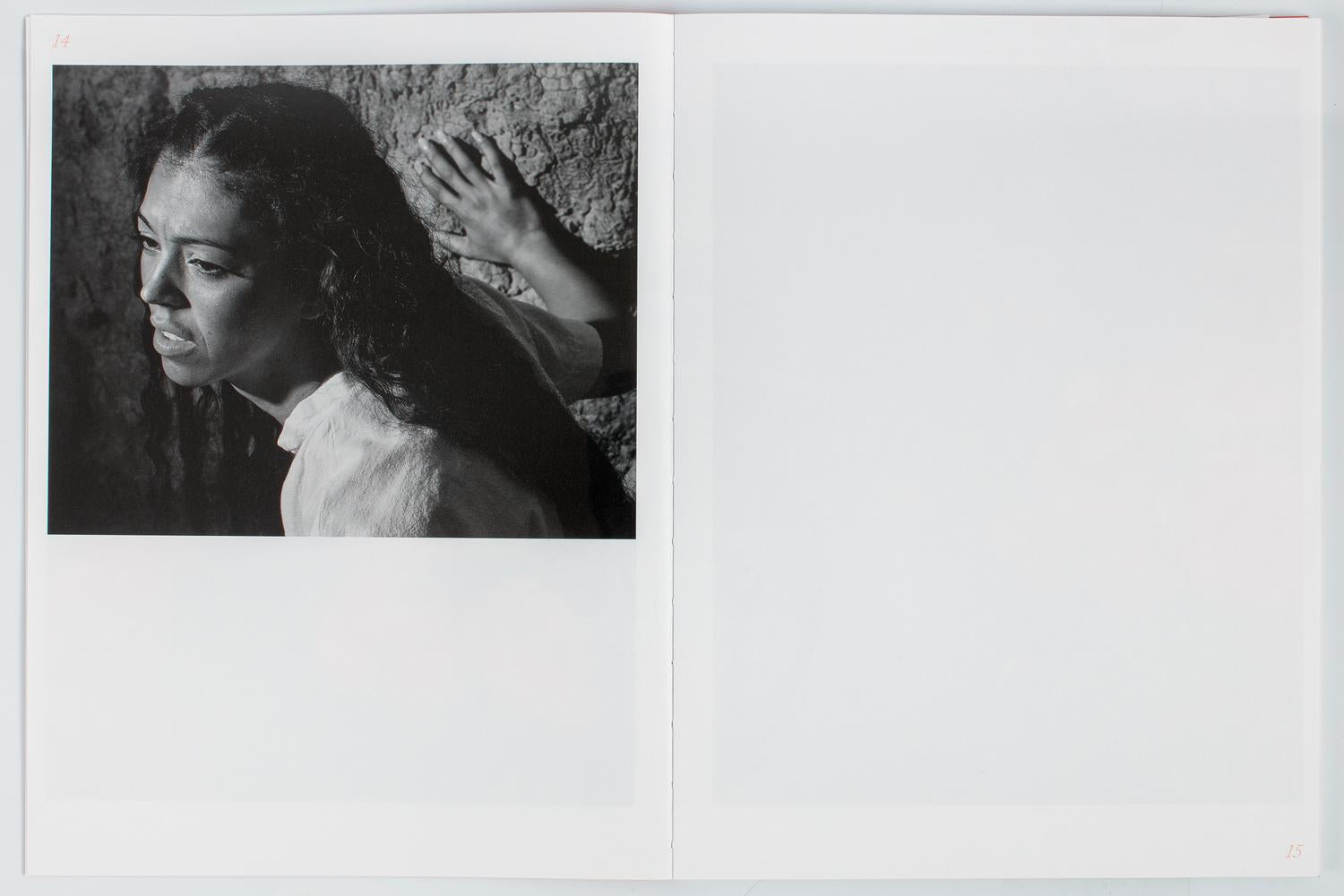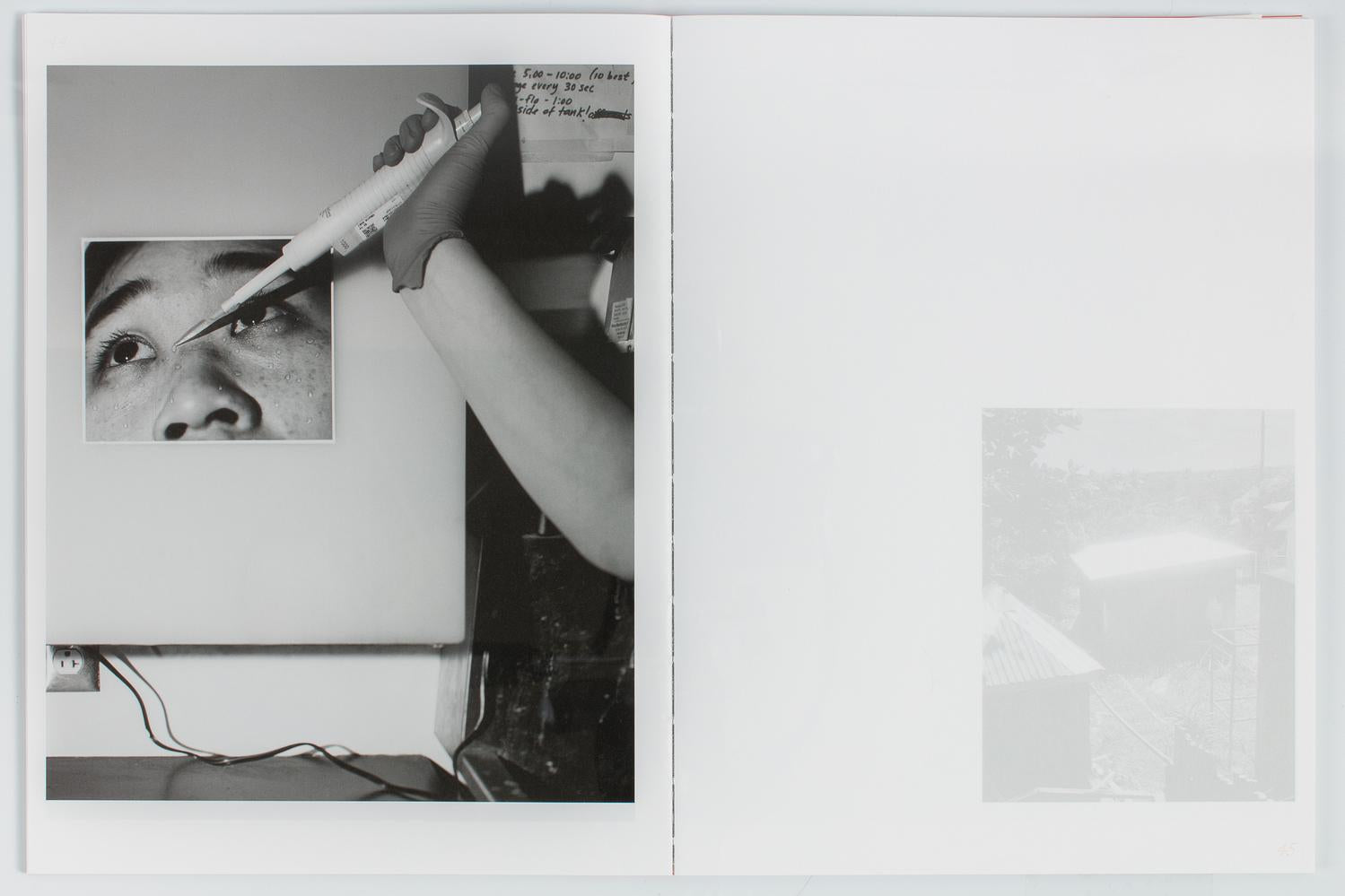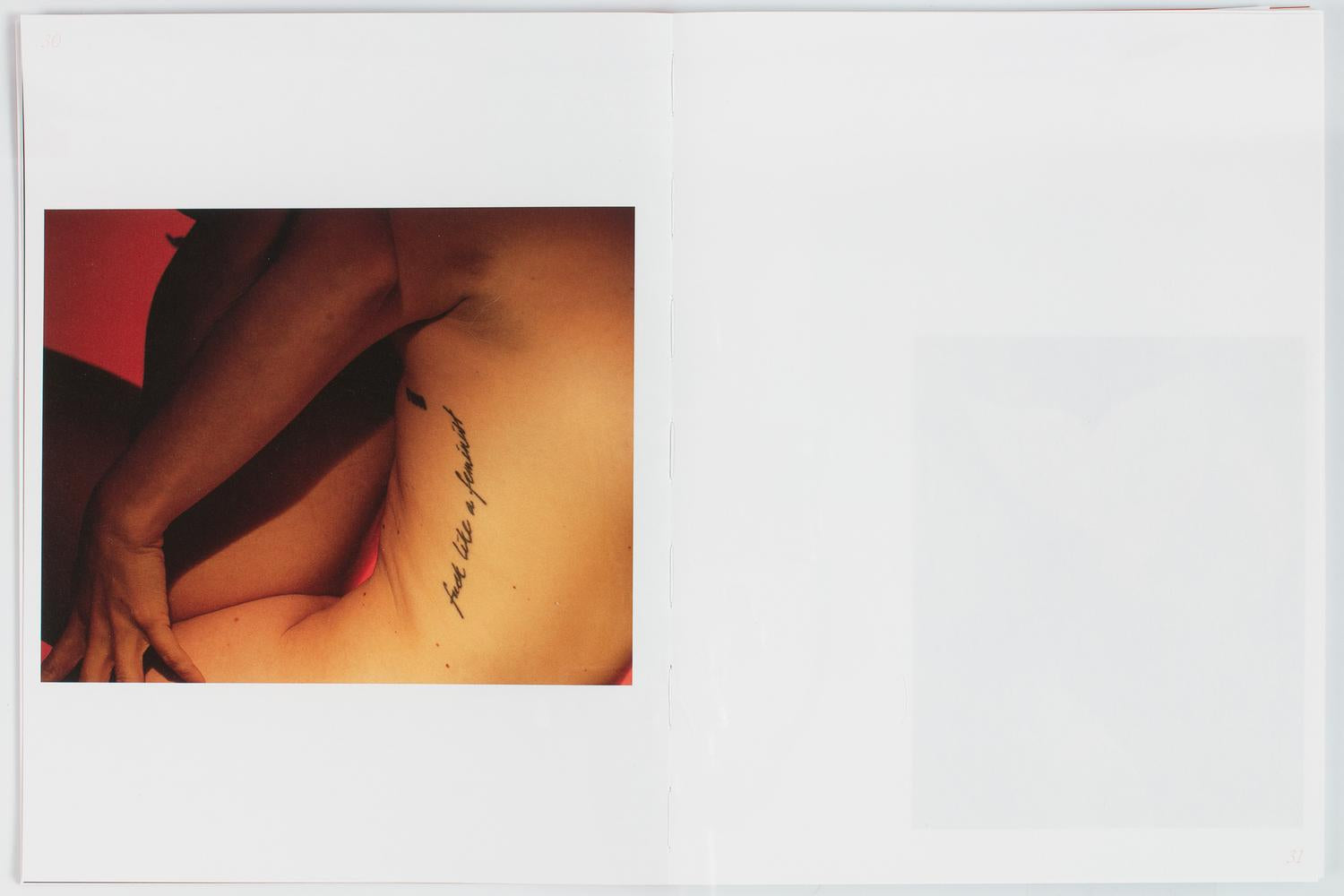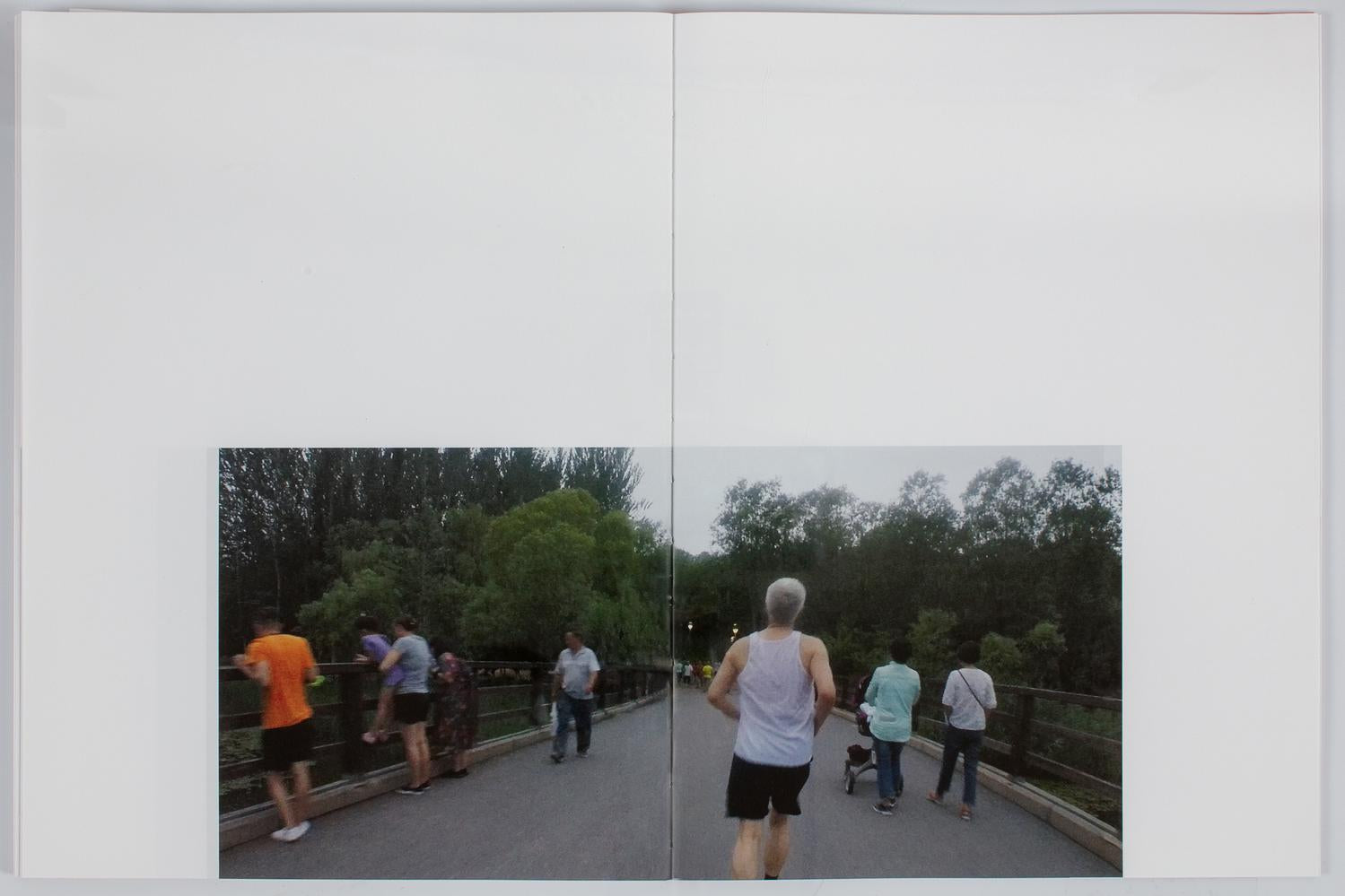|
Kanthy Peng and Genesis Báez in Conversation Thursday, 7 PM at Bungee Space |
 |
|
Join us at Bungee Space for an evening of conversation between Kanthy Peng and Genesis Báez, presented by te editions, to mark the New York launch of Ground Sea, Peng’s debut book. Báez, a longtime peer and witness to Peng’s artistic journey, will guide the discussion through themes of movement, intimacy, and rehearsal, tracing how the book negotiates belief, trust, and the possibilities of failure. |
 
|
|
Ground Sea / 地浪 weaves a visual narrative exploring depression, memory, and loss through 73 photographs. The title takes inspiration from an archaic West Indian term, which anthropologist and feminist Emily Martin used to capture her sensations when observing the Affective Disorder Clinical Rounds: “(Ground-sea is the name) for a swell of the ocean, which occurs in calm weather and without obvious cause, breaking on the shore in heavy roaring billows. A distant storm, out of sight, is often the cause of a ground-sea.” |
 |
|
In Ground Sea, Peng re-orchestrates photographs spanning over a decade and multiple projects into a new diptych-structured work. The first part, Sunset Watchers, unfolds through black-and-white portraits of three women reenacting a phantom folktale following the 1896 tsunami in Japan—images that also allude to the anxious premonition of those living with depression. Interspersed color photographs recall Peng’s bodily memory of being bedridden due to illness. |
 |
 |
 |
|
The second part, Kuāfù Chases The Sun, carries stills from two video works about Peng’s father, who retired from the People’s Liberation Army ten years after his daughter left home. In these images, his body is constantly propelled forward by the cogs of a system, breaking the stagnation of the first part, only to fall into nothingness ultimately. |
 |
|
Peng likens the depressed body to a receptor and amplifier of signals from the future, much like the camera she holds in her hands. In the tension between stillness and motion, waiting and chasing, the book poses a question: Are those paralyzed by the impending catastrophe in need of treatment, or is it the society—numbed by its relentless pursuit of progress—that requires awakening? |
 |
|
|
|
Poster by Shuyu Peng |
